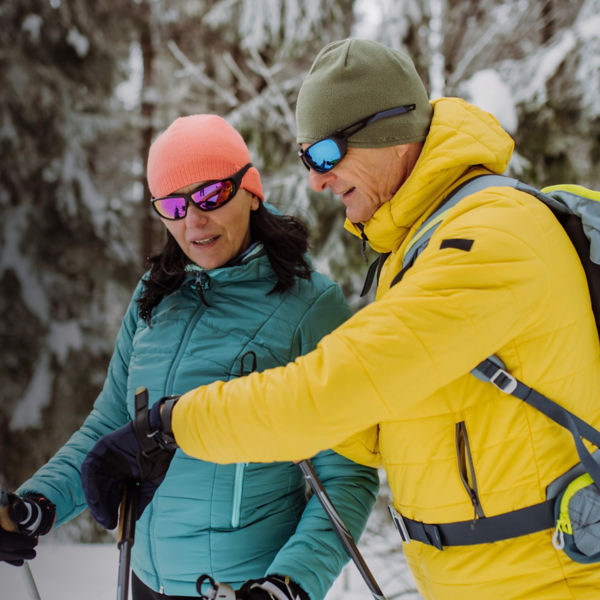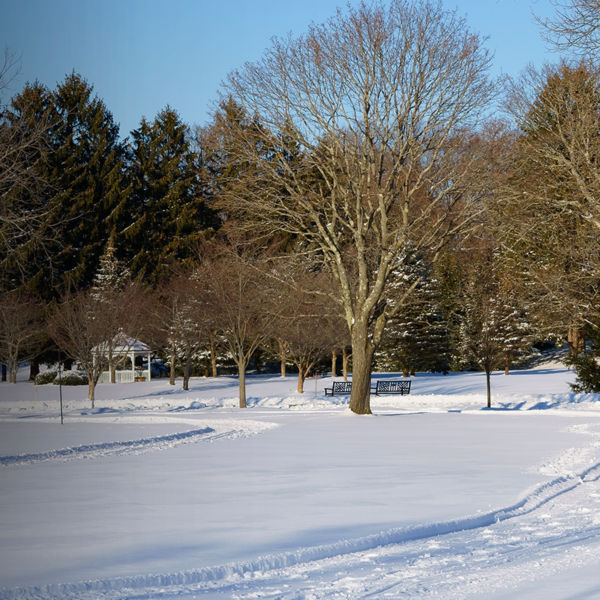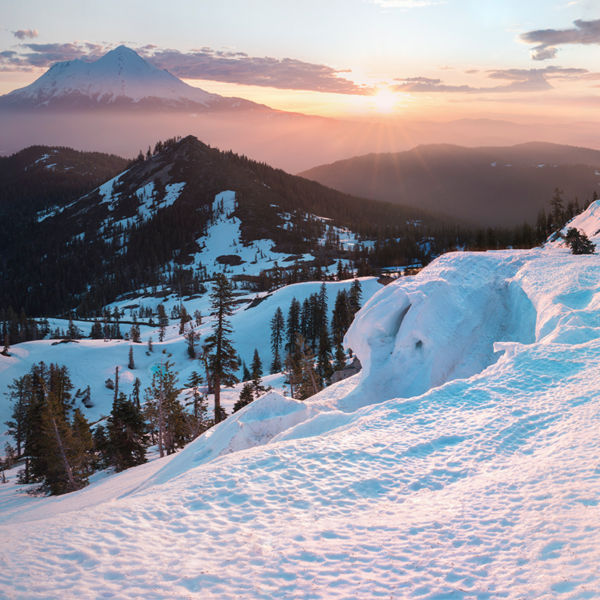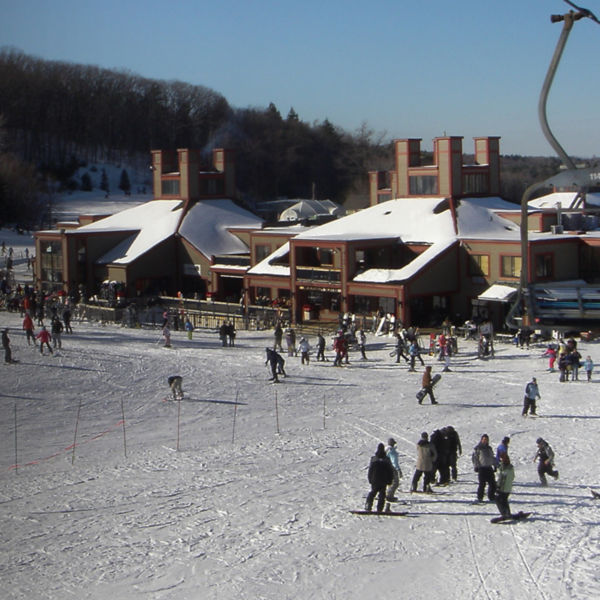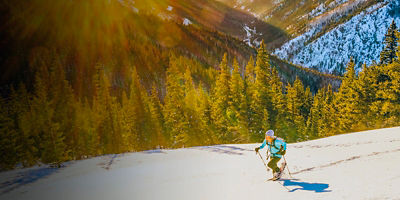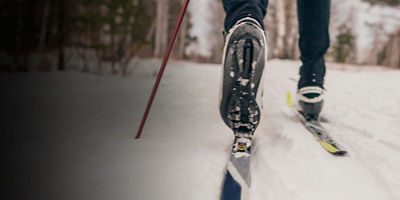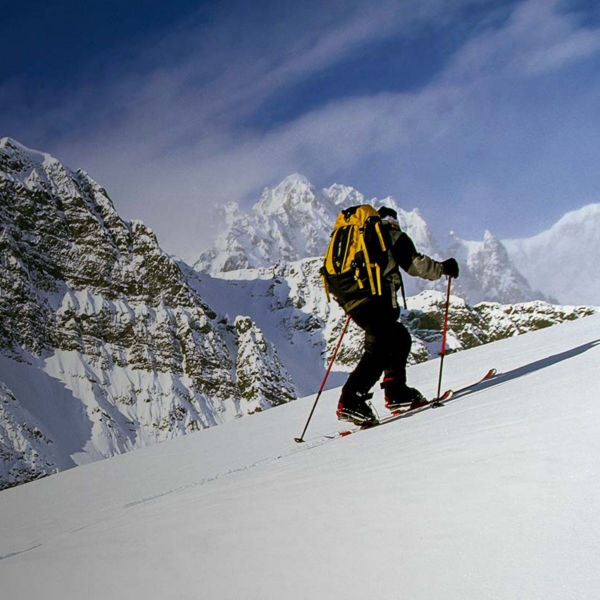
So, you’ve made the first, easiest decision: It’s time to head out skiing or riding. Once you’ve blocked out the time, rounded up the right gear, and committed the dollars, rest assured that you’re in for a great time, joining the more than 22 million other skiers and riders in the country taking part annually in one of winter’s best pastimes. But if you’re planning for more than a quick day-trip, a successful multi-day foray takes a little more legwork. To save those legs for schussing the slopes, here’s some seasoned advice on how best to execute a ski trip.
Pick your crew
Do you plan on skiing or riding solo, bringing the family, or reuniting with friends? The size of your travel party will determine everything from your budget to your destination and lodging. There are advantages and disadvantages to each. If solo and you’re on a tight budget, consider staying at hostels (like the Hostel in Jackson Hole, Wyo.) where rooms are cheaper and you can meet like-minded ski partners in the ping pong room or tuning shop. If with a group (family or friends), consider going later in the season and outside holiday weekends for better deals on lift tickets and lodging, or searching for package deals at resorts.
Determine the destination
In today’s era of multi-passes (Ikon and Epic, most notably) that link days at mega-resorts nationwide, partner resorts (and the number of available days for each) play a big role in budgeting your trip. If you have a multi-pass, check the fine print to make sure there are no black-out or other restricted days at your chosen resort. If you don’t have one, try not to pay full retail at the ticket counter; research discounted tickets, package deals and other bargains beforehand, either directly from the resort in question or such outlets as ski.com and On the Snow. Also, look for every bit of extra value like a lodge that offers free breakfast (which will save time and money every morning), shuttles and more (some even offer free happy hours).
Check the snow reports
Unlike car camping and other excursions with friends or family, good skiing or riding depends on good snowfall. Check the resort’s snow report for recent snowfall, as well as such apps as Open Snow for upcoming snow forecasts. Hint: Try not to travel during the storm, but have it hit right when you arrive.
Drive or fly?
How far your chosen resort is from your hometown will largely determine whether you drive or fly. If you have the time and don’t mind big road trips and winter driving (with the possibility of mountain pass closures), your travel perimeter grows considerably.
Flying
The right travel equipment streamlines packing and flying with ski gear (hint: carry your boots on with you). Flights will be cheaper on certain days than others, so factor that into your booking—and avoid flying on or near the holidays, if possible, as that’s when everyone else has the same idea. Also, line up your transport in advance, from your airport arrival to the resort; there’s nothing worse than arranging that last leg onsite with screaming kids and a pile of gear.
Driving
Depending on the distance from your chosen resort, driving might be the better option. Make sure your car is winterized and has snow tires (or chains) and that all your gear can fit inside or on the rack (hint: cargo boxes can fit a lot of gear). If you’re driving with kids, make it fun. For instance, play the alphabet game for skiing, coming up with words related to skiing or riding that start with different letters, going from A to Z.








